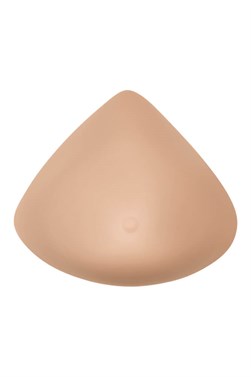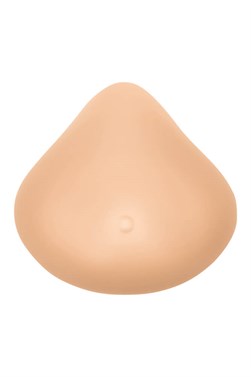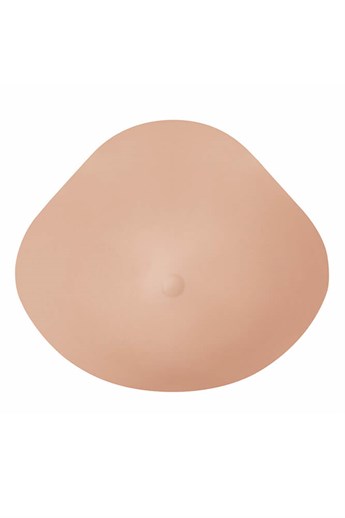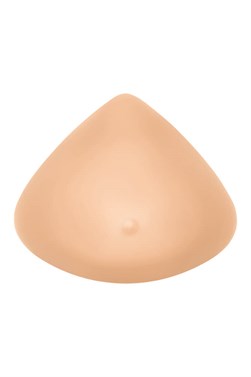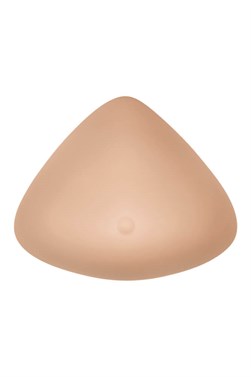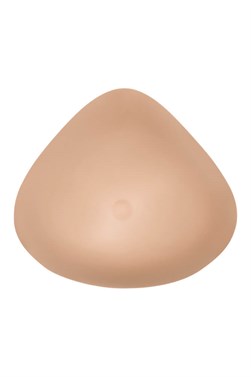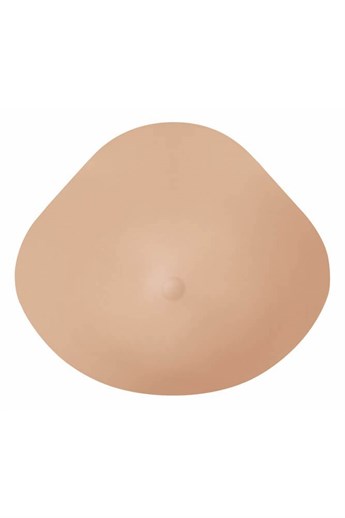How to Wear Breast Forms

Breast forms, also known as breast prosthesis, are prosthetic breasts that breast cancer survivors can wear underneath their clothing as an alternative to breast reconstruction.
It is fitted in their post-mastectomy bra and provides the illusion of breasts, allowing mastectomy patients to feel comfortable and confident after their surgery.
A fitting is the first step to how to wear breast forms and requires a professional fitter who will assess the patient, evaluate what is needed and make expert recommendations on what the best breast forms are.
An Alternative to Reconstruction
Many women who have had breast cancer surgery choose not to (or are unable to) have reconstruction and instead prefer to use breast forms. Breast forms can also be helpful to women who have breasts that are naturally different from each other in shape and size. In some cases, wearing a breast form is a temporary choice prior to getting reconstruction, although some women use breast forms as an alternative to major reconstructive surgery. Either way, many women find wearing breast forms to be an effective and suitable long-term choice.
Types of Breast Forms
There are many different types and styles of breast forms available, all varying in shape, quality and material. Most breast forms are made from soft silicone and designed to resemble the natural shape of a woman’s breast. The outer surface of the prosthesis is soft and smooth and may include a nipple outline.
Fitting a Breast Form
Wearing a breast form could take some getting used to. Women should be ready for a formal breast form fitting 6 to 8 weeks post mastectomy surgery. A good, accredited fitter is essential during this process. It is also a good idea to visit the fitter yearly as hormonal changes and weight fluctuations can change a woman’s body.
Things to know about a breast form fitting:
• The fit of the bra is important in supporting the breast form and a good fitter will measure the patient to make the right size mastectomy bra is worn.
• A too loose bra will cause the breast form to sag while a too tight bra will be visible and cause discomfort.
At the Fitting
At the appointment, the patient should have:
• Sufficient privacy
• Enough time to make the right decision
• Professional and compassionate advice
• A selection of sizes and styles of breast forms
The right breast form should not only feel comfortable but give a good shape and be a reasonable match to the patient’s skin colour.
The Fitting Process
• The fitter will note the shape and drape of the existing breast and take measurements to try and establish the breast form that best suits a patient’s dimensions
• For women who have lost both breasts, the fitter will make suggestions for breast forms that are flattering to the body’s dimensions
• The fitter will provide the patient with a soft drape or smock in which to change
• The patient will also be able to look at the breast form and feedback on how it looks and feels
• If it is not the ideal fit, the fitter will continue to offer suggestions until the patient is happy
• Before leaving, the fitter will provide instructions on use and care as well as the retailer’s return policy.
An Amoena accredited fitter will be able to help you along in the process of how to wear an Amoena breast form, while our breast form fitting guide will also provide much needed help and advice.






